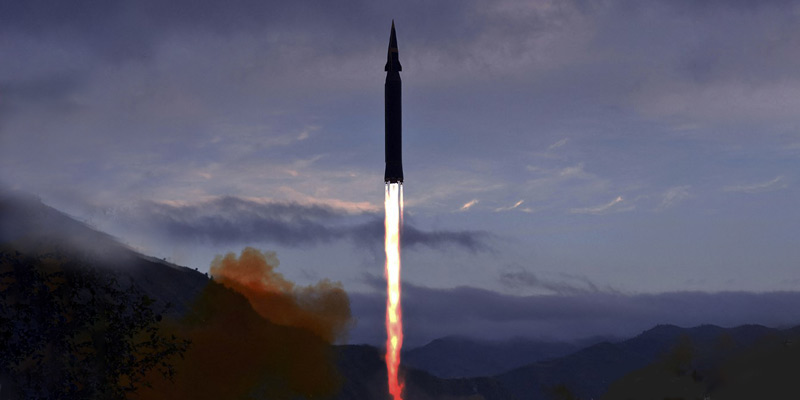- World
- Oct 19
Explainer / Hypersonic weapons
• According to a report, China tested a nuclear-capable hypersonic glide vehicle from a near-orbital trajectory in August, amid an intensifying race for the next generation of long-range weapons that are harder to detect and intercept.
• China clarified that the country tested a space vehicle in July and not a nuclear-capable hypersonic missile.
• The reports have put the spotlight back on the race among nations for developing hypersonic weapons.
• The United States and Russia have conducted tests of hypersonic weapons in recent months, and North Korea said it tested a newly developed hypersonic missile last month.
• Over the last 25 years, the US Air Force Research Laboratory has invested over $1.7 billion in hypersonics.
• Also, a few other countries, including India, are working on hypersonic technology.
What is special about hypersonic weapons?
• Two things make these weapons special — speed and maneuverability. Speed brings surprise, and maneuverability creates elusiveness. Together, those qualities could mean trouble for missile defences.
• A hypersonic weapon is one that flies at speeds in excess of Mach 5, or five times the speed of sound.
• This is slower than an intercontinental ballistic missile, but the shape of a hypersonic glide vehicle allows it to manoeuvre toward a target or away from defences.
• It is maneuverable, making it harder to track and defend against.
• Combining a glide vehicle with a missile that can launch it partially into orbit — a so-called fractional orbital bombardment system (FOBS) — could strip adversaries of reaction time and traditional defence mechanisms.
• Intercontinental ballistic missiles (ICBMs), by contrast, carry nuclear warheads on ballistic trajectories that travel into space but never reach orbit.
• Both the US and USSR studied FOBS during the Cold War, and the USSR deployed such a system starting in the 1970s. It was removed from service by the mid-80s.
• Submarine-launched ballistic missiles had many of the advantages of FOBS — reducing detection times and making it impossible to know where a strike would come from — and were seen as less destabilising than FOBS.
• In July, Russia successfully tested a Tsirkon (Zircon) hypersonic cruise missile, which President Vladimir Putin touted as part of a new generation of missile systems. Moscow also tested the weapon from a submarine for the first time.
• The United States said in late September that it had tested an air-breathing hypersonic weapon, meaning it sustains flight on its own through the atmosphere like a cruise missile, marking the first successful test of that class of weapon since 2013.
• Days after the US announcement, North Korea fired a newly developed hypersonic missile, calling it a “strategic weapon” that boosted its defence capabilities, though some South Korean analysts described the test as a failure.
India’s hypersonic programmes
• In September 2020, the Defence Research and Development Organisation (DRDO) successfully demonstrated the hypersonic air-breathing scramjet technology with the flight test of Hypersonic Technology Demonstration Vehicle (HSTDV).
• The HSTDV is capable of powering missiles to attain a speed of around Mach 6 or six times the speed of sound. It can move up to an altitude of 32.5 km in 20 seconds.
• The HSTDV, based on hypersonic propulsion technologies, will help India develop futuristic space assets like long-range missile systems and aerial platforms.
• India is involved in developing a hypersonic cruise missile in cooperation with Russia, known as the Brahmos II.
• Hypersonic systems are able to travel on extended flights within the upper atmosphere — 80,000 to 200,000 feet — at speeds near and above Mach 5, and they’re able to maneuver in ways that are hard for defenders to predict.
• The possession of hypersonic capabilities may well prove to be the pivotal factor in a future determination of military superiority for countries. As a result of this, the development of HSTDV and Brahmos II is of vital strategic importance for the country.
Manorama Yearbook app is now available on Google Play Store and iOS App Store

